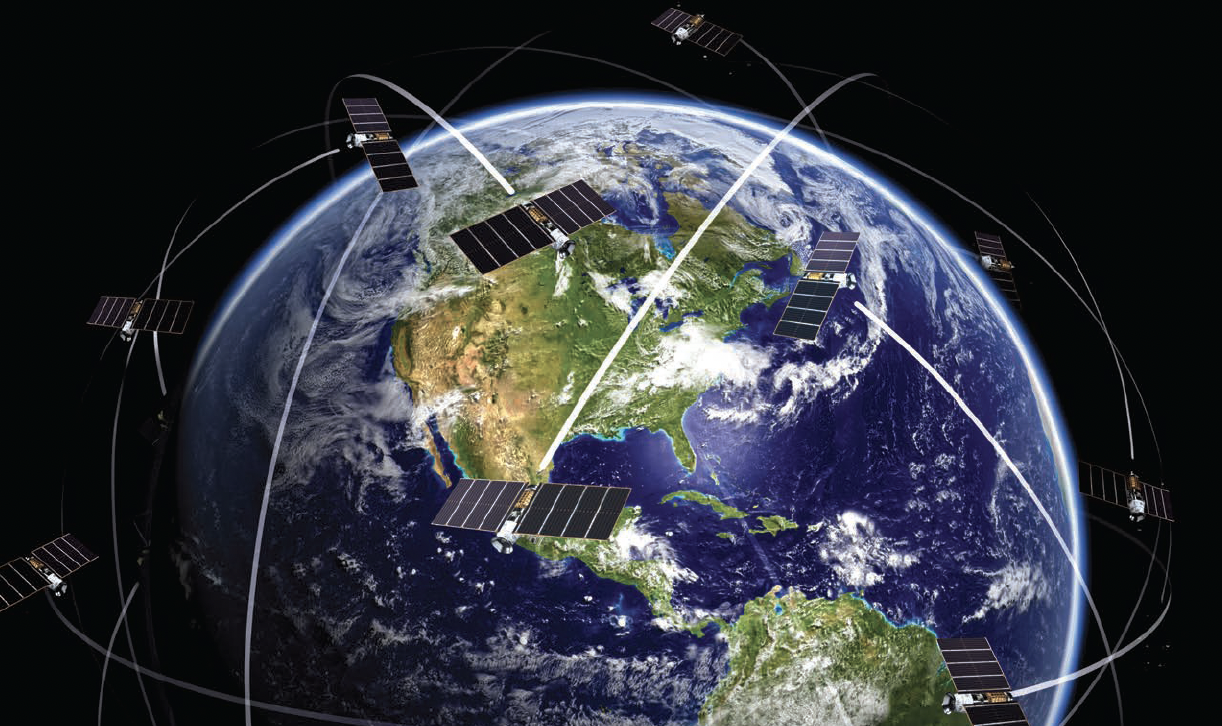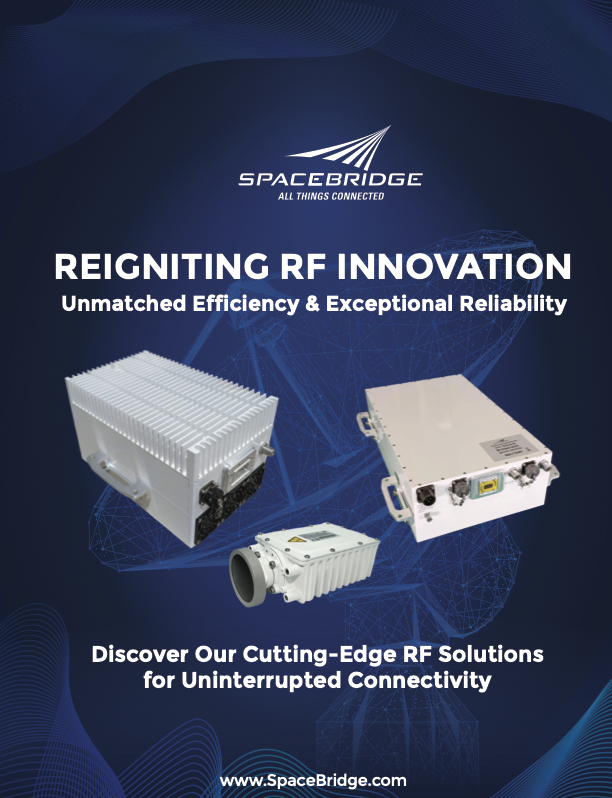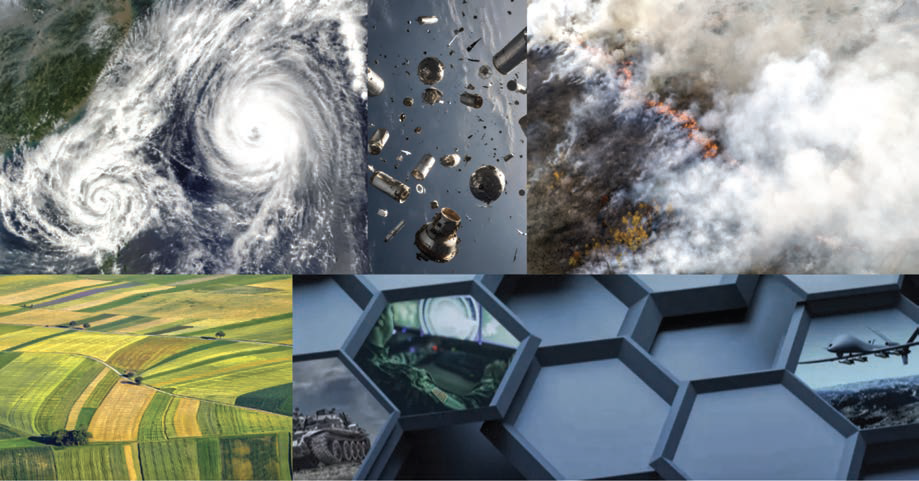Pratish Shah, U.S. General Manager, Aitech
Artificial Intelligence (AI) adoption has proliferated across industries and use cases as more businesses begin to harness the power of intelligent and actionable data.
 The integration of AI into space systems is ushering a new era of exploration and discovery and is fundamentally reshaping space operations by driving efficiency, enabling real-time decision-making and providing accessibility to the power of space. As demands on space-based infrastructure grow, AI is enhancing how complex orbital environments are managed as well as transforming how platforms themselves are designed and deployed. One of the most significant advancements driving this shift is the introduction of AI-enabled picosatellite constellation platforms, such as the Aitech IQSat™.
The integration of AI into space systems is ushering a new era of exploration and discovery and is fundamentally reshaping space operations by driving efficiency, enabling real-time decision-making and providing accessibility to the power of space. As demands on space-based infrastructure grow, AI is enhancing how complex orbital environments are managed as well as transforming how platforms themselves are designed and deployed. One of the most significant advancements driving this shift is the introduction of AI-enabled picosatellite constellation platforms, such as the Aitech IQSat™.
 These solutions harness AI computing in a streamlined, efficient manner by unifying digital infrastructure and embedded electronics while simultaneously removing connectivity, latency and computing limitations and performance bottlenecks.
These solutions harness AI computing in a streamlined, efficient manner by unifying digital infrastructure and embedded electronics while simultaneously removing connectivity, latency and computing limitations and performance bottlenecks.
These compact, intelligent picosatellites integrate onboard AI and edge computing to autonomously process data, detect anomalies and deliver actionable insights, all in near real time. Small enough to fit in the palm of a hand, yet scalable to constellations of thousands, these solutions offer coverage previously unattainable. Their real-time pattern of life and anomaly detection capabilities allow them to deliver critical information rapidly and frequently from virtually any location on Earth.
Picosatellite constellation platforms equipped with onboard AI and Machine Language (ML) will shape the future of space infrastructure, making it more agile, scalable and accessible to many industries, previously not possible for military, defense, science and research uses, public safety and more.
____________________________________
The Role of AI in Space Operations
____________________________________
Traditional Low Earth Orbit (LEO) and Geostationary orbit (GEO) satellites depend on ground stations—where more computing power and infrastructure is available—for data processing and interpretation, where heavy bandwidth use and the sheer volume of data lead to delayed delivery of data.
AI-enabled picosatellites that can accurately process data onboard remove time and bandwidth constraints by using edge computing and trained algorithms to identify patterns, flag anomalies and support autonomous operation with reduced human intervention.
Whether identifying and communicating infrastructure damage after a natural disaster or sudden changes in orbital traffic, AI-enabled picosatellites have the ability to power rapid actionable data and insights previously unattainable.
_________________________
Pattern of Life Analysis
_________________________
One of the defining capabilities of AI in space is pattern of life analysis. This approach involves monitoring activity over time to detect behavioral trends, deviations or potential risks.
Through continuous observation and ML, AI-enabled picosatellite platforms can deliver actionable pattern of life analysis, rapidly and frequently, from any desired point on Earth. They interpret complex behaviors and conditions in orbit, delivering valuable information and context—not just raw data without context—to support faster and more informed decision-making, which is an invaluable asset for a multitude of applications. With user-driven software configuration, AI-enabled platforms can be configured to dynamically update detection and tracking priorities based on specific mission needs.
AI-enabled picosatellites offer low uplink/downlink bandwidth utilization ensuring efficient delivery of critical insights to decision-makers. the IQSats are fundamentally designed for rapid, low-cost deployment and the ruggedized and standardized design and use of common electrical and mechanical interfaces allow for simplified integration of multiple payloads, minimizing non-recurring engineering (NRE) and reducing time to launch.

Enabling a Broad Range of Missions
__________________________________________
These AI-enabled picosatellite platforms can support a diverse range of missions by delivering fast and reliable access to critical space-based data and intelligence across key sectors:
Military and Defense: With a low probability of intercept and low probability of detection, AI-enabled picosatellites can deliver critical information on threat locations, directions and velocities in any area of interest. These insights are provided at tactically significant update rates, enabling direct, actionable intelligence delivery to warfighters.
Space Situational Awareness: AI-enabled picosatellites with flexible sensor options and configurable constellations offer a low-cost capability to detect space debris, prevent collisions, monitor orbital activity, track changes in satellite trajectories and recognize potential anti-satellite threats.
Space Habitat: When positioned near space habitats, AI-enabled picosatellites can provide continuous environmental monitoring by measuring temperature, radiation levels and other key variables. These systems can support structural integrity assessments by detecting micrometeoroid impacts, identifying material degradation and conducting external surveillance for potential debris collisions.
Public Safety: LEO AI-enabled picosatellites can rapidly detect remote regions affected by natural disasters such as floods and fires. They can support distant search and rescue operations by identifying objects, locations and movement in real time, and can also be used to monitor infrastructure such as dams, bridges, and other critical structures.
Agriculture: AI-enabled picosatellites can assist farmers by delivering frequent and timely insights on soil conditions, crops, disease, weather and other vital variables, helping to improve crop output and enable more precise, data-informed agricultural decisions.
 Science and Research: AI-enabled picosatellite constellations can provide researchers and scientists with low-cost, consistent access to Earth observation data. These platforms enable tracking of unique weather patterns, global wildlife migrations, ocean currents and marine life, supporting a wide range of scientific and environmental research needs.
Science and Research: AI-enabled picosatellite constellations can provide researchers and scientists with low-cost, consistent access to Earth observation data. These platforms enable tracking of unique weather patterns, global wildlife migrations, ocean currents and marine life, supporting a wide range of scientific and environmental research needs.
By reducing dependency on ground-based computing, these systems can help manage the growing volume and complexity of orbital data and provide rapid actionable data and insights previously unattainable.
_______________
Key Takeaways
_______________
AI-enabled picosatellite platforms have the potential to transform space accessibility by offering a low-cost, scalable solution that can support endless mission applications and multiple payloads. By enabling faster, more frequent and more actionable data from orbit, these solutions are solving real-world issues on Earth across use cases for military and defense, environmental, agricultural, scientific, public safety and more.
We will see AI-enabled picosatellites fuel big advancements from space, driven by their highly accurate pattern of life and anomaly detection of incidents, events and items of interest through advanced on-board AI/ML processing capabilities.
aitechsystems.com

Pratish Show
Author Pratish Show leads the North American business unit and he will assist in developing and implementing the company’s global growth initiatives as well as manage technology offerings. He has led several technology companies through business transformations that leveraged existing technologies and produced a culture of innovation.
Most recently, he served as general manager of Zen Technologies USA, where he developed global opportunities in the U.S. and in the Middle East.

